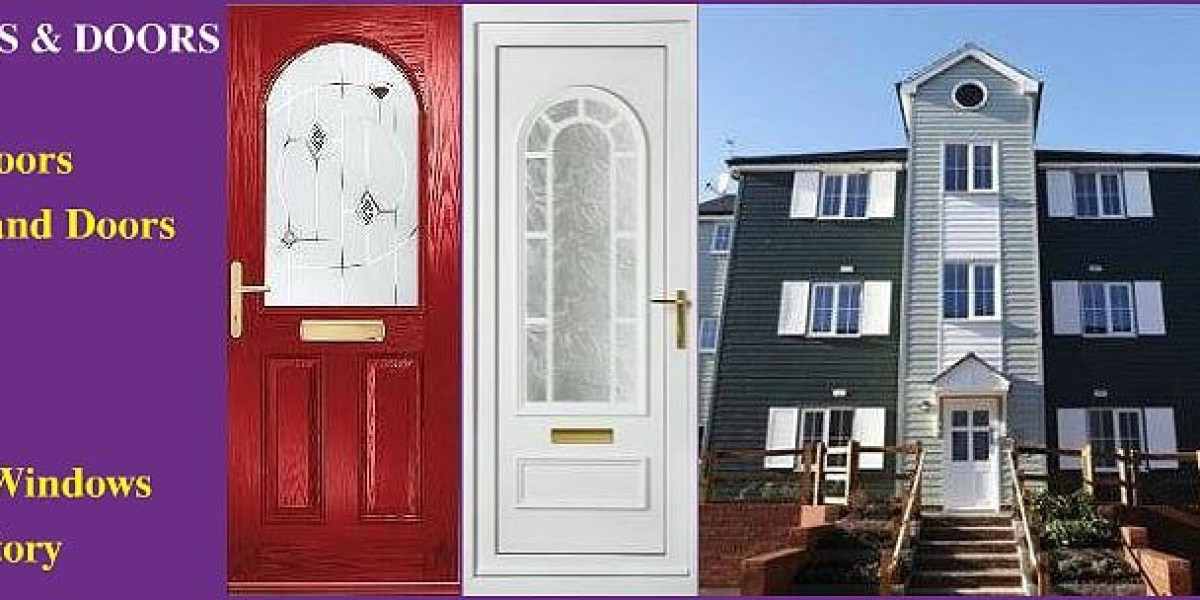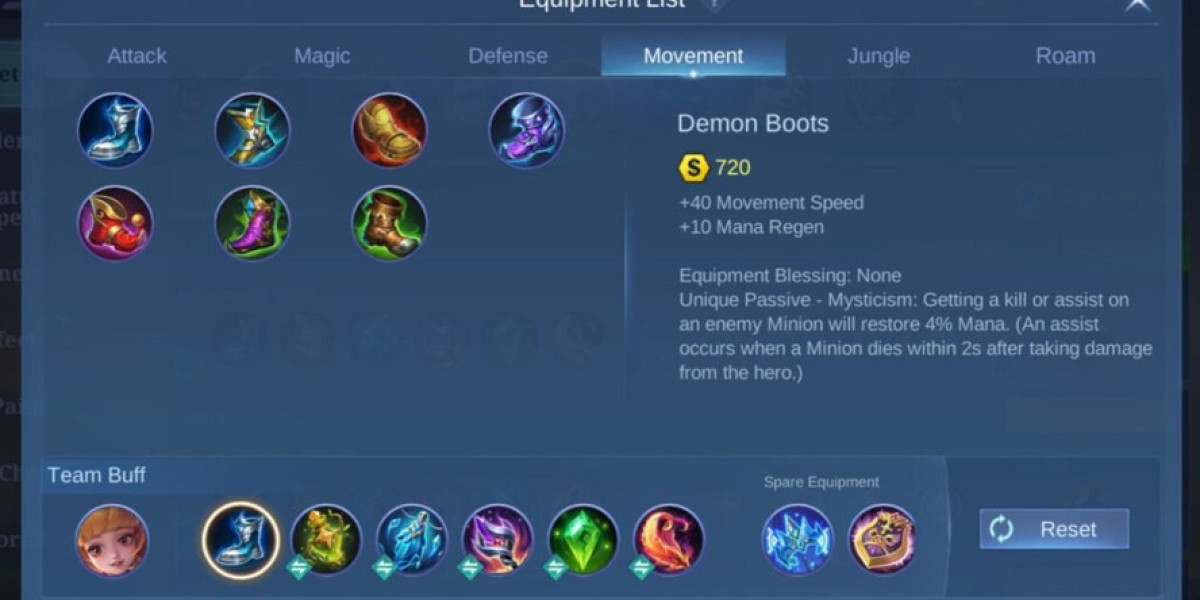The Art of Broken Window Repair: A Comprehensive Guide
Windows are more than simply openings in the walls; they are vital components of a structure's structure, offering light, ventilation, and insulation. However, they can also be vulnerable to damage, whether from unintentional effects, harsh weather condition, or use and tear. A broken window not only diminishes the aesthetic appeal of a residential or commercial property however can also cause security threats, energy inefficiency, and increased utility bills. This extensive guide intends to supply house owners and property supervisors with the knowledge and actions essential to repair broken windows efficiently.
Understanding the Importance of Window Repair
Before delving into the repair process, it's essential to understand why fixing damaged windows is very important. A damaged window can:
- Compromise Safety: Broken glass can present a significant risk of injury to residents.
- Increase Energy Costs: Gaps in the window can result in heat loss in winter season and heat gain in summer, making your HVAC system work harder.
- Affect Property Value: Unrepaired windows can detract from the total look and value of a residential or commercial property.
- Invite Pests: Cracks and spaces can act as entry points for insects like pests and rodents.
- Cause Water Damage: Leaks can cause water damage, mold, and other structural issues.
Recognizing the Type of Damage
The initial step in repairing window a broken window is to identify the kind of damage. Typical types consist of:
- Cracked Glass: Minor cracks can often be repaired, while significant cracks generally need replacement.
- Broken Pane: A completely shattered pane requires a replacement.
- Loose or Warped Window Frame: This can be brought on by age, moisture, or bad setup.
- Harmed Seals: Broken seals can lead to drafts and moisture invasion.
- Rotted Wood: Wooden frames can rot due to moisture, needing replacement or repair double glazed windows.
Getting ready for the Repair
Before beginning the repair, gather the needed tools and products. Here's a list of basics:
- Safety Gear: Gloves, goggles, and a dust mask.
- Tools: Screwdriver, putty knife, hammer, chisel, and a drill.
- Materials: Replacement glass, glazing putty, paint, silicone sealant, and weatherstripping.
Step-by-Step Guide to Repairing a Broken Window
Ensure Safety
- Use gloves and goggles to secure yourself from glass fragments.
- Clear the area around the window to prevent mishaps.
Get Rid Of the Broken Glass
- Carefully eliminate any staying glass from the frame using a putty knife and pliers.
- Utilize a vacuum to pick up small pieces of glass and debris.
Check the Frame
- Examine the frame for any signs of damage, warping, or rot.
- If the frame is harmed, you may require to replace it or utilize wood filler for minor repairs.
Get Rid Of Old Glazing Putty
- Use a heat gun to soften the old glazing putty and a putty knife to scrape it away.
- Make sure all old putty and paint are eliminated to create a tidy surface for the brand-new glass.
Measure and Cut the New Glass
- Measure the frame precisely to identify the size of the brand-new glass.
- Cut the glass to size using a glass cutter and a straight edge.
Install the New Glass
- Apply a thin layer of glazing putty around the edges of the frame.
- Thoroughly put the brand-new glass into the frame, ensuring it is focused.
- Use glazing points (little metal clips) to hold the glass in place.
Apply Glazing Putty
- Press the glazing putty around the edges of the glass to secure it.
- Smooth the putty with a putty knife to create a cool finish.
Permit the Putty to Dry
- Let the putty dry for a number of days according to the manufacturer's directions.
Paint the Putty
- When the putty is dry, paint it to match the Upvc Window Repair Near Me frame and surrounding area.
Install Weatherstripping and Sealant
- Apply weatherstripping to the edges of the window to prevent drafts.
- Usage silicone sealant to seal any gaps around the frame.
Professional Help vs. DIY
While minor repairs can typically be dealt with by homeowners, more substantial damage might need professional assistance. Here are some circumstances where calling a professional is advisable:
- Large or Complex Repairs: If the damage is extensive or if the window belongs to a historic property, a professional can make sure the repair is done correctly and safely.
- Safety Concerns: If the window is high up or if you are uncomfortable working with glass, a professional can deal with the task.
- Specialized Windows: Certain types of windows, such as stained glass or leaded windows, may need customized abilities and materials.
Cost Considerations
The cost of window repair can vary depending on the type and extent of the damage. Here are some elements that influence the cost:
- Size and Type of Window: Larger windows and specialty windows can be more costly to repair.
- Materials: The cost of replacement glass and other products can vary.
- Labor: Professional repairs can be more costly, especially for complicated tasks.
Environmental Impact
Properly dealing with broken glass and old products is necessary for environmental reasons. Here are some suggestions:
- Recycle Glass: Check with regional recycling centers to see if they accept damaged glass.
- Dispose of Putty and Paint: Follow regional standards for disposing of glazing putty and paint, which might require to be dealt with as contaminated materials.
Maintenance Tips
Avoiding window damage is easier than repairing it. Here are some upkeep pointers to keep your windows in great condition:
- Regular Cleaning: Clean windows and frames regularly to prevent buildup of dirt and grime.
- Inspect Seals: Check the seals around the windows for any signs of wear and tear.
- Address Moisture Issues: Fix any leaks or wetness issues around the windows to prevent rot.
- Usage Protective Films: Consider applying protective films to windows to lower the threat of cracks and breakage.
Frequently asked questions
Q: Can I repair a small crack in my window myself?
A: Yes, small cracks can often be repaired utilizing a DIY window repair package. These packages generally consist of an epoxy resin that can be used to the crack to seal it and prevent further damage. However, for bigger or more complex fractures, it is suggested to consult an expert.
Q: How do I know if I require to replace the whole window or just the glass?
A: If the glass is the only broken part and the frame is in good condition, you can usually just replace the glass. Nevertheless, if the frame is warped, rotten, or harmed, or if the window is old and ineffective, it may be more economical to replace the entire window.
Q: What should I do if I can't discover a precise match for my window glass?
A: If you can't find a specific match, consider using a similar type of glass. For instance, if you have frosted glass, you can utilize another frosted glass, even if the pattern is a little different. Additionally, you can have customized glass made to match your existing window.
Q: How long does it consider glazing putty to dry?
A: The drying time for glazing putty can vary depending upon the brand name and ecological conditions. Generally, it takes about 24 to 48 hours to dry adequate to paint. Always examine the maker's directions for particular drying times.
Q: Can I repair a double glazed windows repairs-pane window myself?
A: Repairing a double-pane window is more complicated than a single-pane window due to the fact that it involves maintaining the seal in between the two panes. If the seal is broken, it can be tough to repair without professional help. However, if the damage is minor, such as a small fracture, you can try a DIY repair using a window repair package.
Broken window repair is a task that can be dealt with by house owners with the right tools and knowledge. Nevertheless, it's important to evaluate the damage and choose whether a DIY approach is possible or if expert assistance is needed. By comprehending the significance of window repair, following the actions laid out in this guide, and keeping your windows routinely, you can ensure that your home remains safe, energy-efficient, and visually pleasing.








